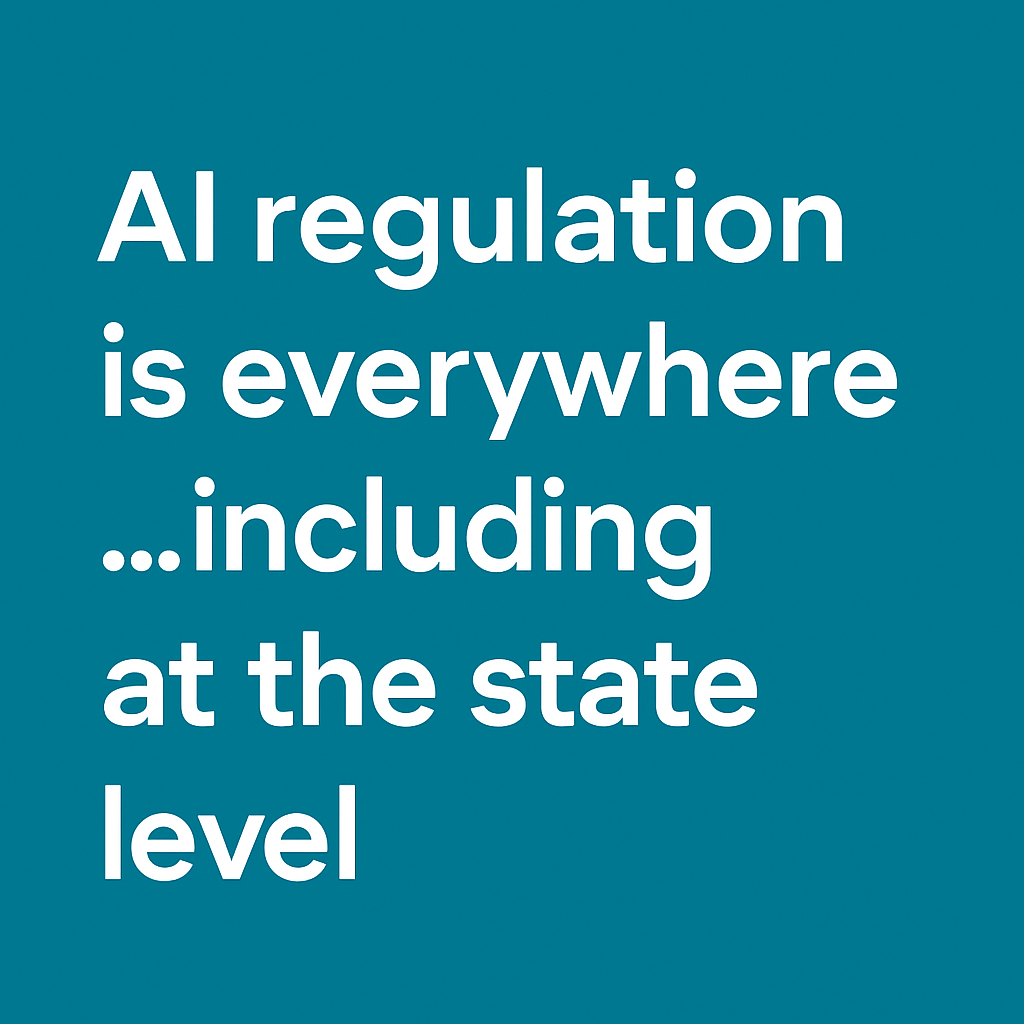Money laundering stands as a persistent global challenge, significantly impacting financial integrity and security worldwide. The scale of this illicit economy is staggering, estimated at approximately $2.17 to $3.61 trillion annually, equivalent to about 3-5% of the global GDP. In response, financial institutions and regulatory bodies deploy anti-money laundering (AML) systems, utilizing advanced technology and rigorous regulations to detect and prevent such financial crimes effectively.
Overview of anti-money laundering programs
Money laundering involves masking the origins of illicit funds to make them appear legitimate, thus facilitating criminal activities like terrorism, drug trafficking, and human exploitation. It includes integrating unlawfully obtained funds into the legitimate financial system through three primary stages:
- Placement: Proceeds from criminal activities enter the placement phase, where they are converted into cash equivalents or deposited into financial institutions, sometimes both.
- Layering: Layering involves moving funds through various financial institutions or individuals using wire transfers, checks, money orders, or similar means.
- Integration: During the integration phase, illicit funds are used to acquire legitimate assets or sustain criminal enterprises, thereby integrating illegally obtained money into the legal economy.
Financial institutions employ AML systems to help identify and thwart illicit financial activities in each of the above three stages. AML systems primarily function by scrutinizing customer transactions for suspicious activities, verifying client identities, and promptly reporting irregular transactions to regulatory authorities.
Current challenges in AML and the role of AI
Traditional AML systems often rely on rule-based methods, resulting in a high volume of false positives that can overwhelm compliance teams and lead to inefficiencies. Currently, the standard AML workflow in the industry typically follows a linear pipeline connecting a data source to a rule-based system. Analysts subsequently conduct additional research to assess the legitimacy or fraudulent nature of transactions. Rule-based AML systems are constrained by their reliance on predefined rules and thresholds, which may not effectively adapt to evolving money laundering tactics. These systems often generate a high number of false positives, necessitating extensive manual review and potentially overlooking genuine suspicious activities that do not fit predefined criteria. The incorporation of artificial intelligence (AI), including machine learning (ML) and data mining techniques, presents promising solutions for enhancing AML processes. AI can substantially decrease false positives by analyzing historical data patterns, enhancing detection accuracy, and optimizing resource allocation within AML operations.
State-of-the-art AI applications in AML
Current AI applications in AML predominantly involve rule-based systems enhanced by machine learning algorithms. There is substantial potential to advance these systems further by incorporating the following techniques:
- Deep learning models: can analyze extensive datasets to help identify complex patterns indicative of money laundering activities across different stages.
- Natural language processing (NLP): can enhance entity recognition, sentiment analysis, and semantic understanding to extract actionable insights from unstructured data sources such as news articles and social media.
AI enhancement to risk-based AML
Alternatively, some AML programs have chosen to avoid the shortcomings of rule-based systems by adopting a more risk-based approach. The evolving nature of fraud patterns poses a continual challenge for rule-based systems and policies to keep pace. Consequently, institutions face a dilemma between optimizing the efficiency and effectiveness of their AML systems. An efficient system that swiftly identifies fraud reduces reliance on human analysts but heightens the risk of overlooking fraudulent transactions. Conversely, a more cautious approach enhances security by thoroughly screening most transactions, albeit at a higher cost to both analysts and the institution. Individual institutions must carefully balance risk and cost when designing their systems. AI emerges as a pivotal method for addressing these challenges in screening and adaptability.
AI could utilize various modules to enhance risk-based AML programs. A key module is the transaction monitoring module, which detects unusual or suspicious transaction patterns indicative of potential money laundering activities. Leveraging AI and data mining techniques, these modules analyze transactional data in real time and generate alerts for further investigation by compliance officers. Another critical component is the client profile-monitoring module, which analyzes client behavior and activities to establish comprehensive profiles. Integrated with AI technologies, these modules identify unusual behavior patterns, financial connections, and other risk indicators associated with money laundering activities. This proactive approach enables financial institutions to effectively mitigate risks posed by high-risk clients and transactions.
Conclusion
In conclusion, AI represents a transformative force in enhancing AML efforts by enabling financial institutions to detect and prevent illicit activities more effectively. By leveraging advanced machine learning, deep learning, and NLP techniques, AML systems can achieve higher accuracy in identifying suspicious transactions, reducing false positives, and improving overall compliance with regulatory standards. As AI continues to evolve, its integration into AML frameworks promises to help bolster financial security, uphold regulatory integrity, and safeguard the global financial system from the pervasive threat of money laundering.
Wondering what to look for in AI-based screening tools? Download this white paper to learn key considerations for evaluating tools, plus 14 questions to ask potential vendors: Mitigating risk in the digital age: a roadmap for AI-enhanced adverse media screening.
The opinions provided are those of the author and not necessarily those of Fidelity Investments or its affiliates. Fidelity does not assume any duty to update any of the information.
1155114.1.0


-1.png)




